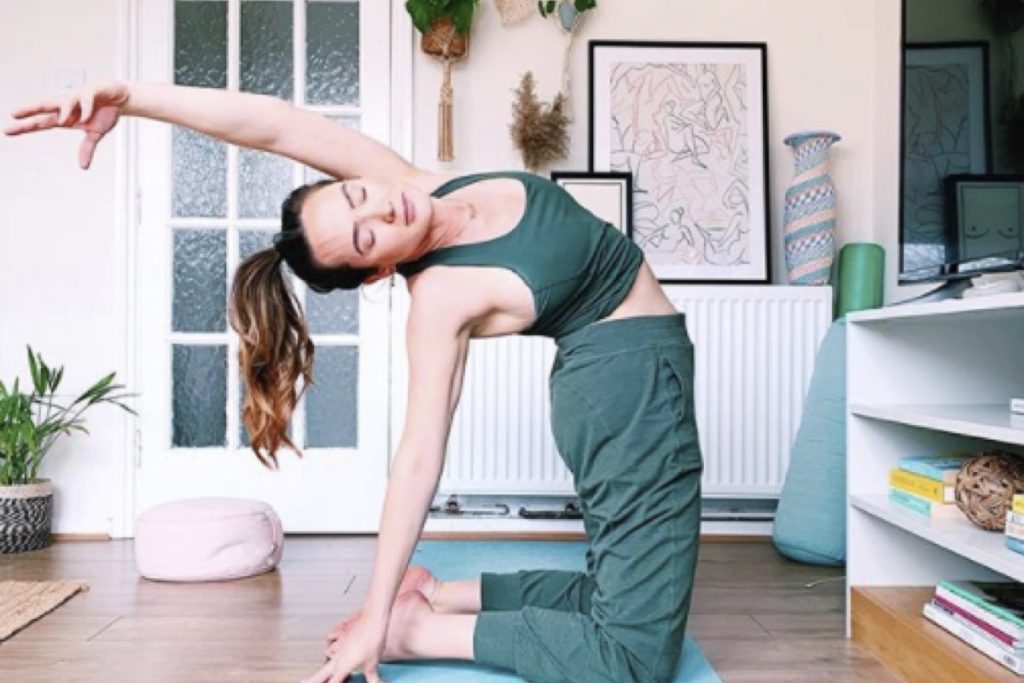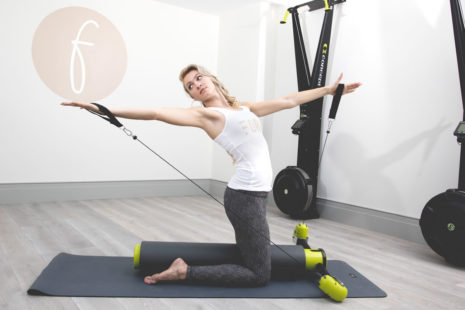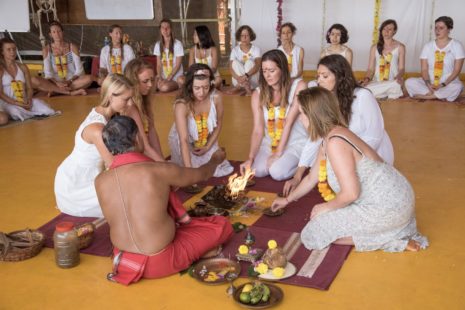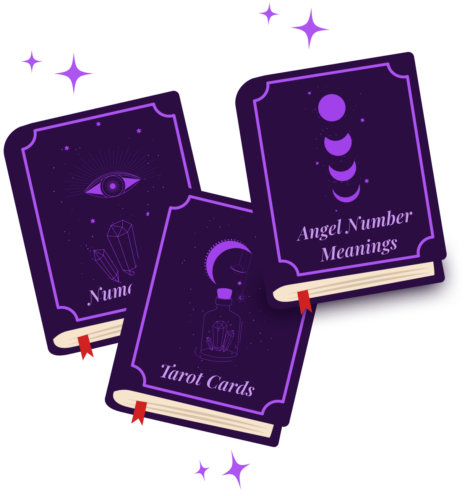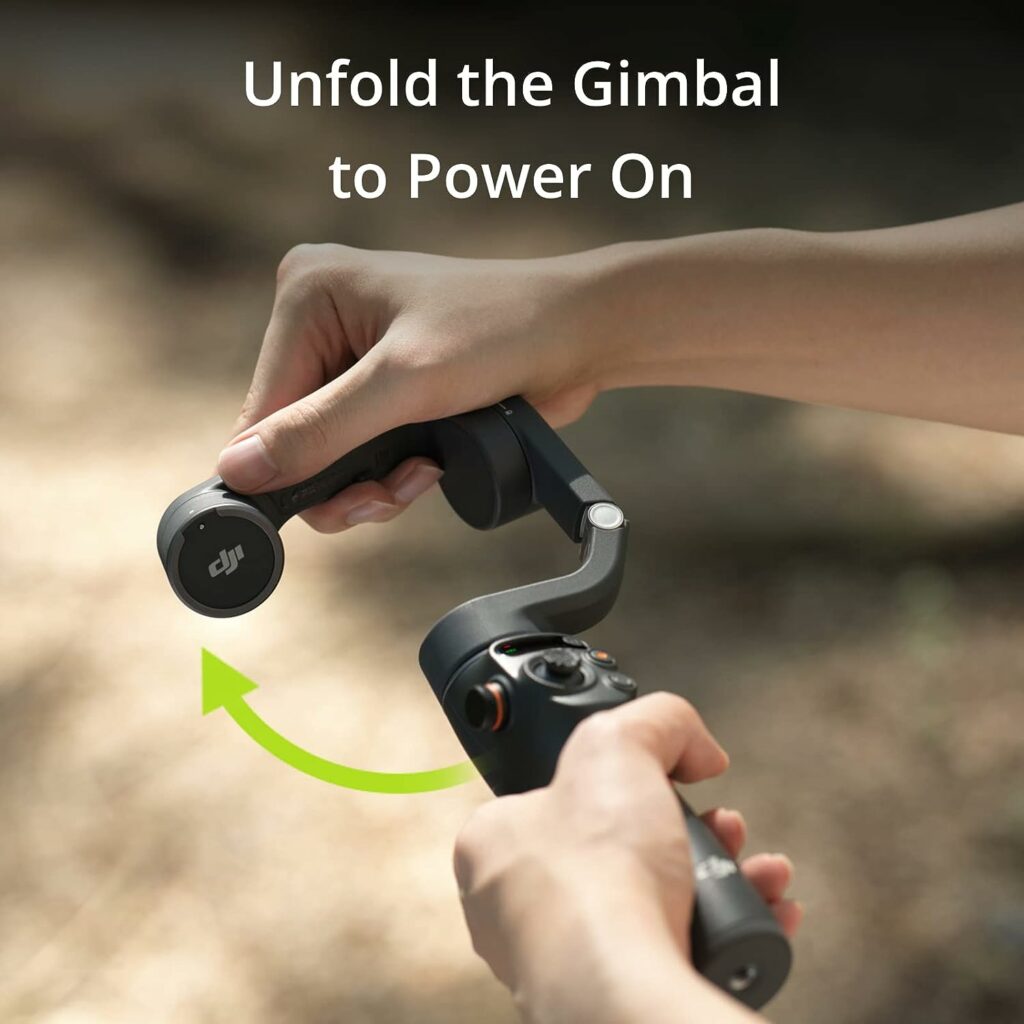Many people think yoga is just about physical movement – the postures or asanas – but there is so much more to it. Yoga teacher Sarah Malcolm talks to us about the power of yoga during crisis, the benefits of a home practice and more…
How can yoga help us deal with the coronavirus crisis?
Yoga at this time can be wildly beneficial, probably in more ways than we even know how. By simply tuning in to the body and letting ourselves ‘feel’ what we’re feeling allows us to root into the present and not get caught up in what’s to come. By slowing down the breath and breathing with purpose, we can tap into our parasympathetic nervous system (our rest and digest state) to ease away from anxiety and let the body and mind soften. It’s also a really great break for our bodies if we’ve been spending a lot of time on laptops, especially sitting on the sofa which can shorten our hip flexors and leave us very rounded in the spine.
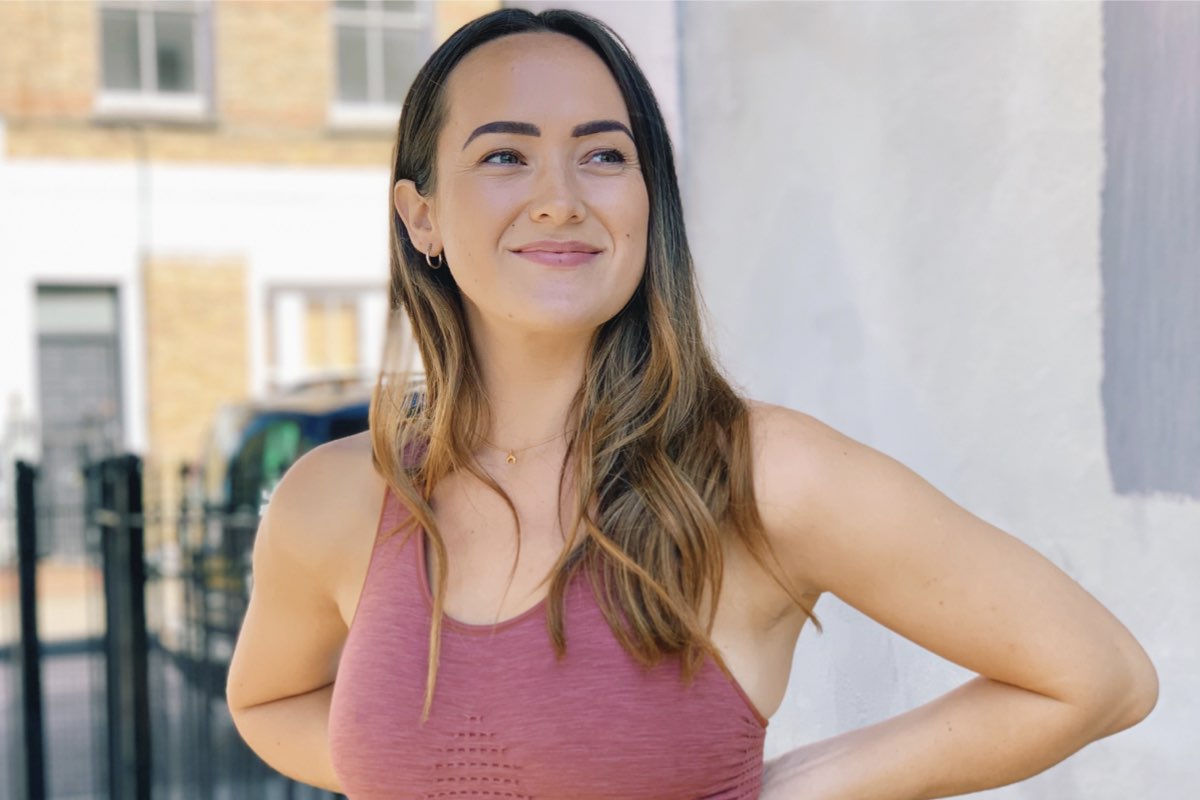
What about beyond the yoga postures?
The asana (the physical practice of yoga) is what yoga in the western world is most commonly known for. But there are many more elements or limbs to yoga that can also be really helpful to practice at this time of uncertainty. Pranayama is our breath control and how we use the breath to cultivate different things in the body. For example, breathing into our exhale a little more can relieve stress and calm the nervous system, alternate nostril breathing can balance the yin and yang of the body or we may need a little help from the breath to cultivate fire and heat in times we may feel lacking in energy. Breathwork is getting a lot of well-deserved mention at the moment, and there are many breathwork practitioners offering free classes on Instagram. @breathwithjames does regular classes that are absolutely brilliant.
The Yamas (how we live our lives and treat those around us) and Nyamas (our own rituals) are also great to tune in to right now. How we are treating ourselves is the most precious thing I believe we can tap in to through this process. We have been given time to reflect, to listen, to watch, so speaking to ourselves with kindness, love, honesty compassion and non-violence is a true practice of yoga. The Nyamas also allow us to keep routine in our days when things might not feel so structured, like the wonderful feeling of showering or washing your hair, of enjoying your morning coffee or taking your daily walk. Yoga is much more deeply rooted in our day to day than purely the physical movement.
Tell us about your current practice
My practice has been very up and down lately and it’s felt overwhelmingly in tune with my period cycle. I’ve really noticed that I’ve been inspired to self-practice and be creative with my vinyasa flows at certain points through my cycle and have noticed the flip side of that when all I want to do is Yin and lie down. For me, it has been really beneficial to join yoga classes online with teachers I was already practicing with, to bring a sense of normality into my days and let myself tune in to what I need. It’s been very up and down and quite honestly, some days it’s been really nice to not think about the physical movement at all. Slowing down has been the biggest learning from this movement.
In what ways is it helping you?
I’m really allowing myself to very honestly tune in to what I need – and that changes day by day. The beauty of home practice is that no one will look at you if you start a yoga class and decide to just lie down with a blanket halfway through. Being very true to what we’re feeling is a beautiful thing to notice.
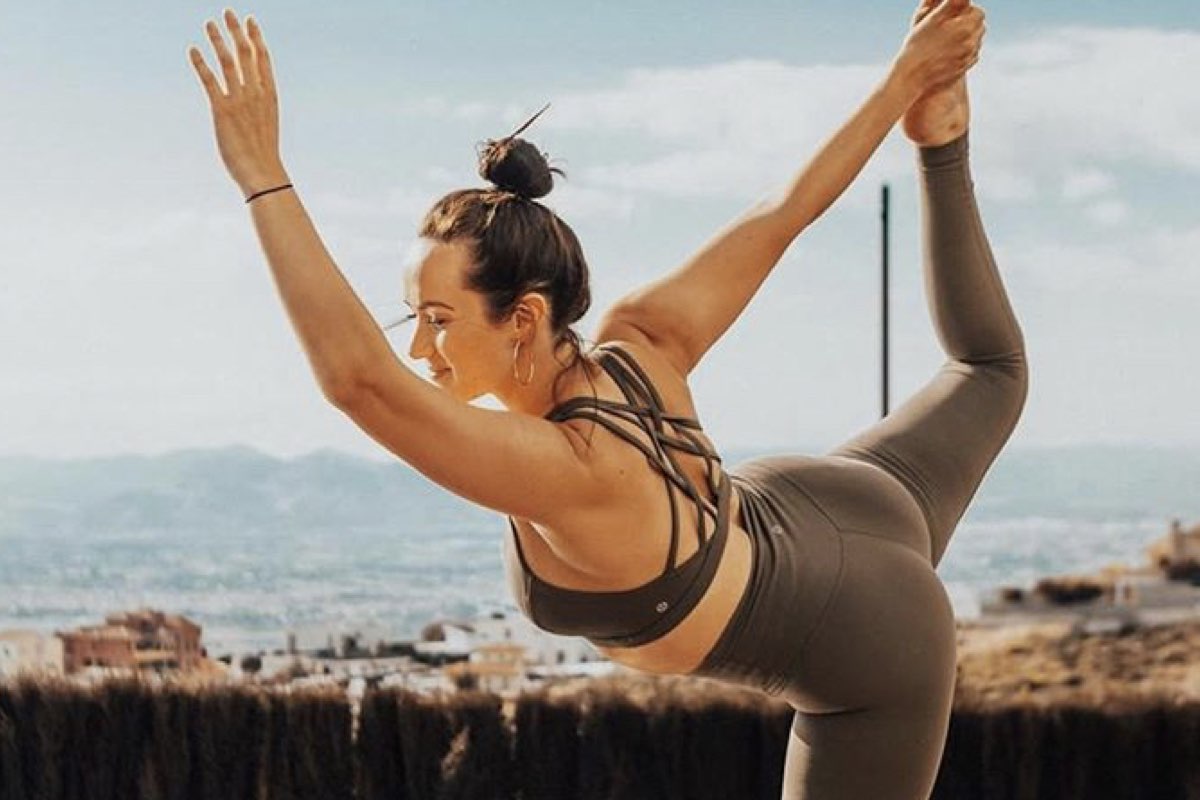
What are your tips for developing a home practice?
Invest in a good, non-slip yoga mat that you can keep for a lifetime. My favorites are YogiBare and YogaMatters. You don’t need any fancy props – cushions, blankets that you already have can work wonderfully to keep you warm and comfy and prop you up. And if you don’t have blocks or straps then grab big books or a tie or belt. Let your yoga practice and space work for you and not the other way round. Light candles and honour your space and time to be with yourself.
And your advice for beginner yogis?
1. Don’t feel intimidated by what you see on Instagram. Yoga isn’t about the handstands so let go of any idea that you need to be achieving those big postures in order to practice yoga.
2. If yoga feels like something so removed from what you do naturally, then know there is a style for everybody and even breathing into your body is the best place to start, with slow movement.
3. Find a teacher online who speaks to you on a personal level and follow some of their videos or join their online classes. Now is the perfect time to try.
4. Remind yourself that every single person and body is built differently, and your bone and joint length might mean some postures are more challenging for you. So just enjoy the sensation of what your body is doing and really tune in to how you can serve it for yourself.
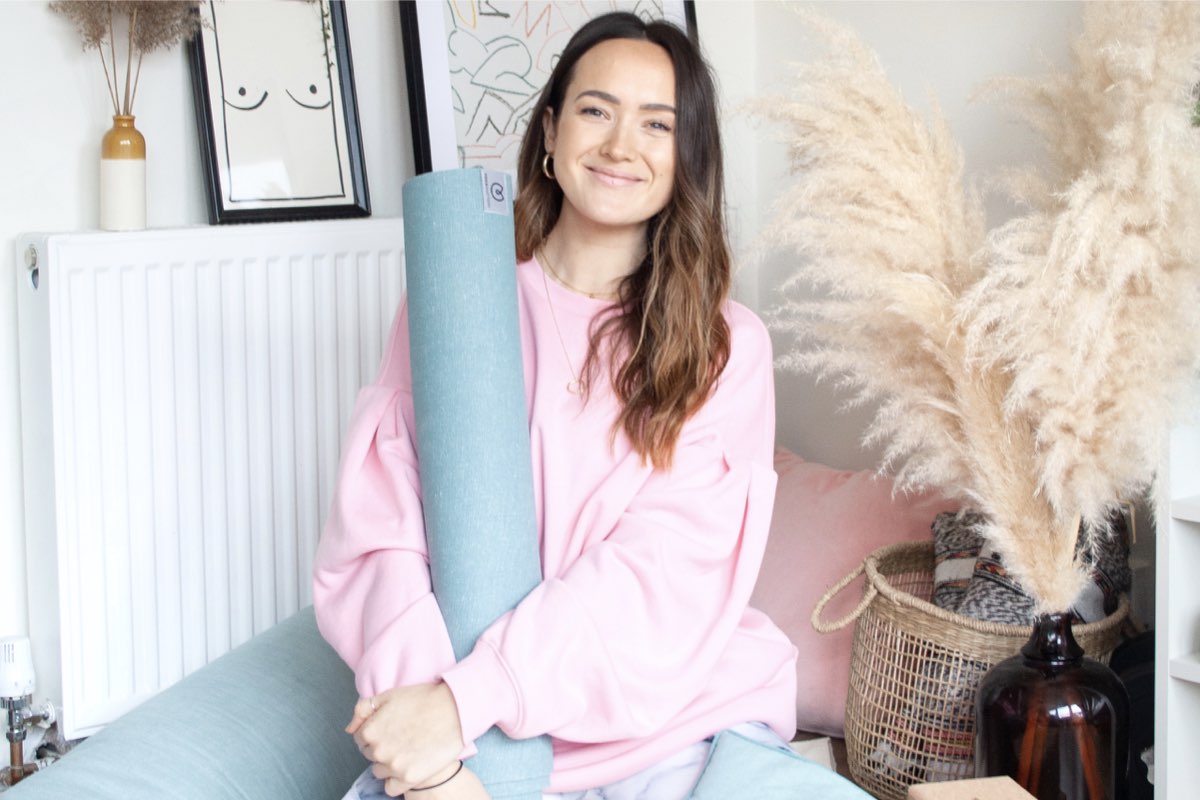
5. You will probably hear a lot of things that you don’t understand right away, and that’s completely fine. For the first few classes just really focus on where your hands and feet are going and if something feels too much then you can rest as much as you need.
6. Never push through pain. If something feels too much, ease out of it, but if it just feels different, then breathe into it and see where the body goes.
7. Go slow. It’s a yoga ‘practice’ for a reason. We are all learning together.
Sarah is currently teaching donation-based online yoga classes. To book visit sarahmalcolm.co.uk
Main image: @sarahmalcs
Get your weekly DOSE fix here: SIGN UP FOR OUR NEWSLETTER
